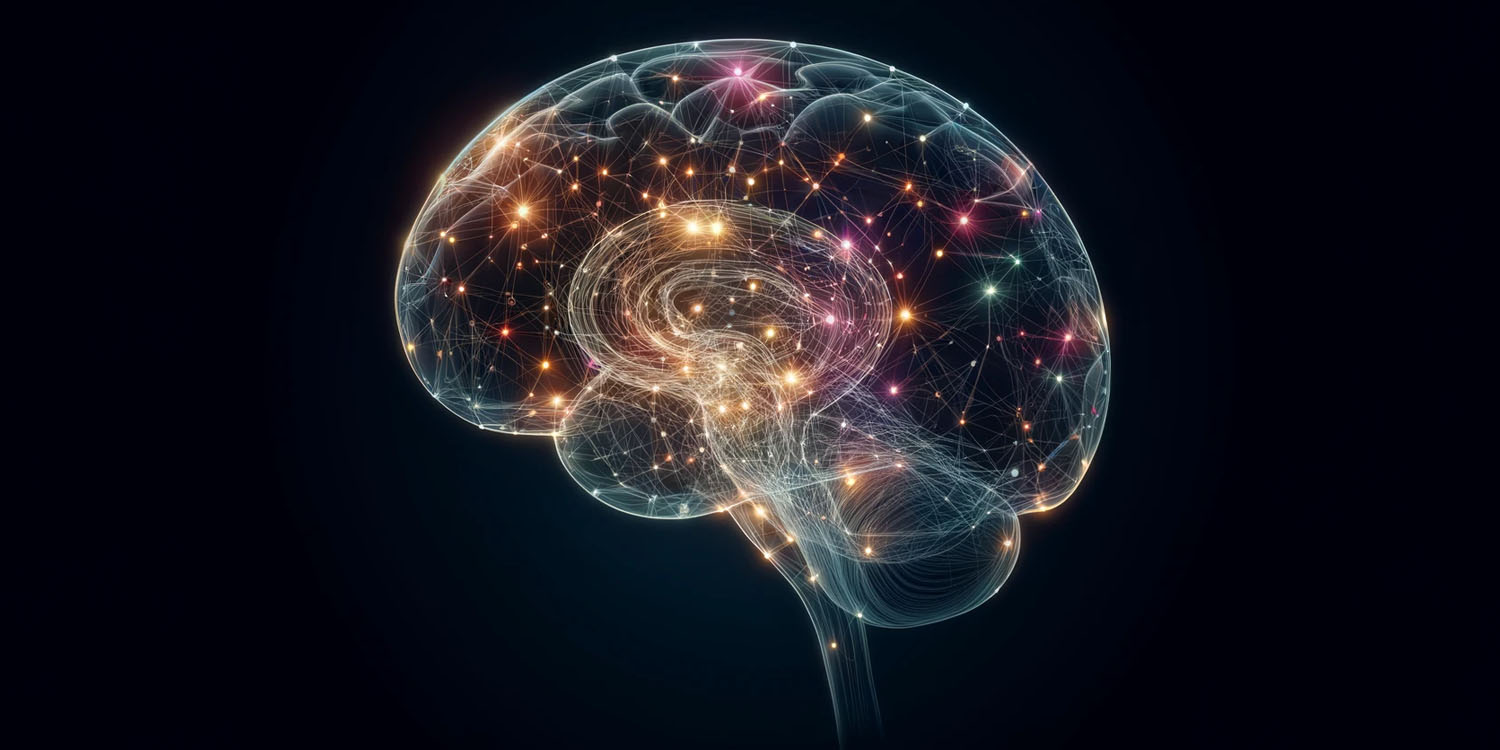The kids are not all right.
A new report from the Centers for Disease Control and Prevention reveals a staggering uptick in ADHD, or attention-deficit/hyperactivity disorder, diagnoses among American children.
Calling ADHD an “expanding public health concern,” researchers found that 1 in 9 children aged 3-17 had been diagnosed with the disorder, symptoms of which include trouble paying attention, overactivity and impulsive behaviors.
The study, which appears in the Journal of Clinical Child & Adolescent Psychology, found that between 2016 and 2022, ADHD diagnoses among kids jumped by more than one million.
Melissa Danielson, a statistician with the CDC’s National Center on Birth Defects and Developmental Disabilities, attributes the increase to the mental toll of the pandemic. “A lot of those diagnoses … might have been the result of a child being assessed for a different diagnosis, something like anxiety or depression and their clinician identifying that the child also had ADHD,” she said.
Indeed, the report found that nearly 78% percent of children diagnosed with ADHD had at least one other diagnosed disorder. Common among these additional diagnoses were behavioral or conduct problems, anxiety, developmental delays, autism and/or depression.
Danielson notes that ADHD was originally thought of as a hyperactive disorder that affected boys. While it is now understood to affect both genders equally, symptoms express themselves differently.
She explains, “Boys will often have hyperactive or impulsive ADHD, where they’ll run into the street or jump off things or do things that might make them more likely to be injured. Girls tend to manifest their ADHD in a more inattentive way. They’ll be daydreaming or have a lack of focus or be hyperfocused on a particular task that maybe is not the task that they need to be focused on.”
While the number of children diagnosed with ADHD has risen, the report found that only about half were treating the condition with medication, as opposed to two-thirds in 2016. Danielson explains that this drop-off may be due to shortages in ADHD meds when the data was collected.
Dr. Max Wiznitzer, a professor of pediatric neurology at Case Western Reserve University, suspects the decline in medication may also be the result of parental reluctance. “There’s the myth that it’s addictive, which it’s not,” he said. Wizniter argues that studies have shown people treated with ADHD have no increased risk of drug abuse.
Meanwhile, an unrelated study found that between 2000 and 2021, the number of calls to US poison control centers for children’s ADHD medication errors jumped 300%, and a University of Michigan study revealed that 1 in 4 middle and high school students are abusing stimulants prescribed for ADHD. Additionally, ADHD medications are known to cause side effects like headache and loss of appetite.
Wiznitzer is a proponent of ADHD medication because he believes it can help control the symptoms of overactivity and inattention and aid focus. Left untreated in childhood, ADHD is known to raise the risk of diabetes, heart disease and shortened life span in adults, which is why Wiznitzer advocates for increased awareness and diagnosis.
ADHD is typically treated with a combination of behavior therapy and medication, but the report found less than half of kids and adolescents diagnosed with ADHD were getting behavioral therapy.
Recent research suggests that beyond medication, the use of behavioral therapy, in conjunction with nonpharmacological treatment, including noninvasive brain stimulation, may very well be the wave of the future for treating ADHD.

Rachel Carter is a health and wellness expert dedicated to helping readers lead healthier lives. With a background in nutrition, she offers evidence-based advice on fitness, nutrition, and mental well-being.








